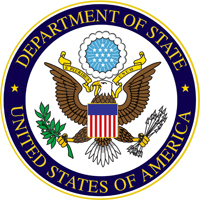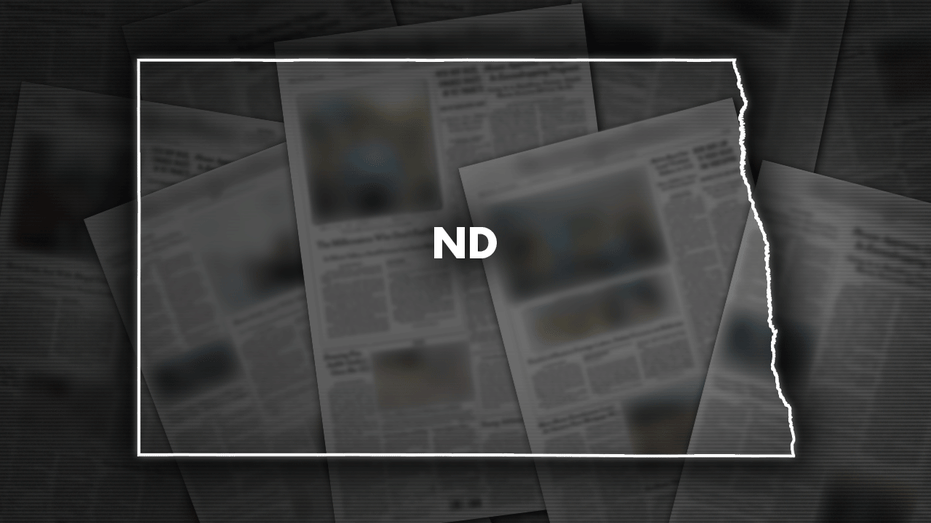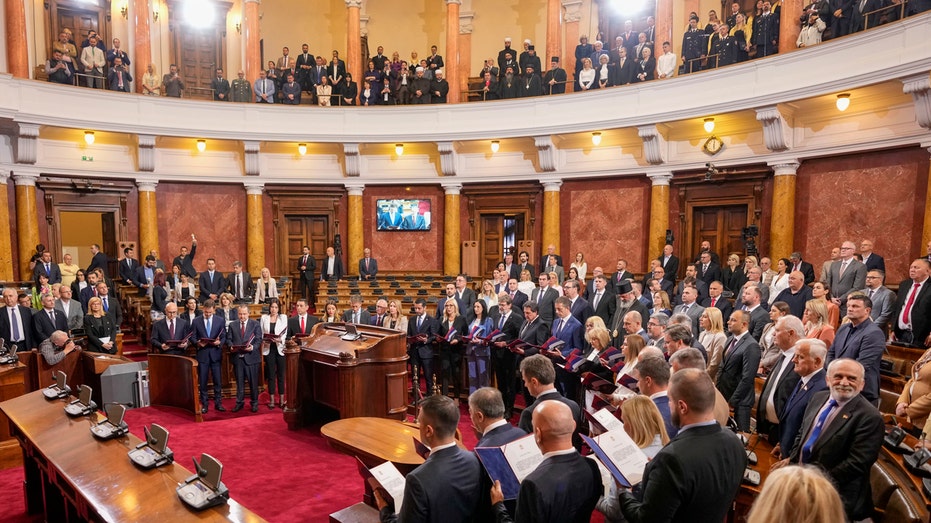Moldova - Level 2: Exercise Increased Caution
Reissued with obsolete COVID-19 page links removed. Exercise increased caution while traveling to Moldova due to unresolved conflict between the breakaway region of Transnistria and the central government. Read the entire Travel Advisory. Reconsider Travel To: The Transnistria breakaway region due to the unresolved conflict with the central government and the armed conflict in neighboring Ukraine. Country Summary: Approximately 100,000 refugees are residing in Moldova as a result of Russia’s war in Ukraine, but there has been no military spillover into Moldova from the conflict. The Moldovan government extended a State of Emergency until April 5. The Chisinau airport is operating normally although there are no flights available to or from Belarus, Russia or Ukraine. Read the Moldova country information page for additional information on travel. If you decide to travel to Moldova: Enroll in the Smart Traveler Enrollment Program (STEP) to receive Alerts and make it easier to locate you in an emergency. Follow the Department of State on Facebook and Twitter. Review the Country Security Report for Moldova. Visit the CDC page for the latest Travel Health Information related to your travel. U.S. citizens who travel abroad should always have a contingency plan for emergency situations. Review the Traveler’s Checklist. Transnistria – Level 3: Reconsider Travel Transnistria is a breakaway region that is not under the control of the Moldovan government in Chisinau. Visitors may encounter difficulties at checkpoints along roads leading into and out of Transnistria. Ukraine has closed its border crossing points into the Transnistrian region. Taking photographs of military facilities and security forces is prohibited and may result in trouble with authorities. The U.S. government’s ability to provide emergency services to U.S. citizens traveling in Transnistria maybe be limited or delayed since Transnistria’s de facto authorities control access to the region. Visit our website for Travel to High-Risk Areas.

Reissued with obsolete COVID-19 page links removed.
Exercise increased caution while traveling to Moldova due to unresolved conflict between the breakaway region of Transnistria and the central government. Read the entire Travel Advisory.
Reconsider Travel To:
The Transnistria breakaway region due to the unresolved conflict with the central government and the armed conflict in neighboring Ukraine.
Country Summary: Approximately 100,000 refugees are residing in Moldova as a result of Russia’s war in Ukraine, but there has been no military spillover into Moldova from the conflict. The Moldovan government extended a State of Emergency until April 5. The Chisinau airport is operating normally although there are no flights available to or from Belarus, Russia or Ukraine.
Read the Moldova country information page for additional information on travel.
If you decide to travel to Moldova:
- Enroll in the Smart Traveler Enrollment Program (STEP) to receive Alerts and make it easier to locate you in an emergency.
- Follow the Department of State on Facebook and Twitter.
- Review the Country Security Report for Moldova.
- Visit the CDC page for the latest Travel Health Information related to your travel.
- U.S. citizens who travel abroad should always have a contingency plan for emergency situations. Review the Traveler’s Checklist.
Transnistria – Level 3: Reconsider Travel
Transnistria is a breakaway region that is not under the control of the Moldovan government in Chisinau. Visitors may encounter difficulties at checkpoints along roads leading into and out of Transnistria. Ukraine has closed its border crossing points into the Transnistrian region. Taking photographs of military facilities and security forces is prohibited and may result in trouble with authorities.
The U.S. government’s ability to provide emergency services to U.S. citizens traveling in Transnistria maybe be limited or delayed since Transnistria’s de facto authorities control access to the region.
Visit our website for Travel to High-Risk Areas.


